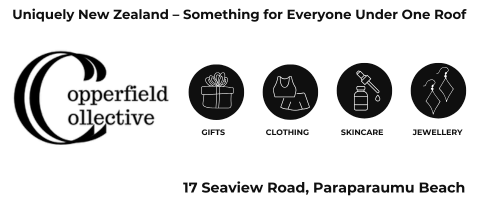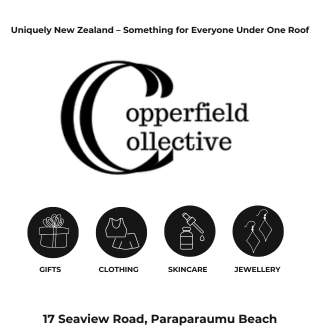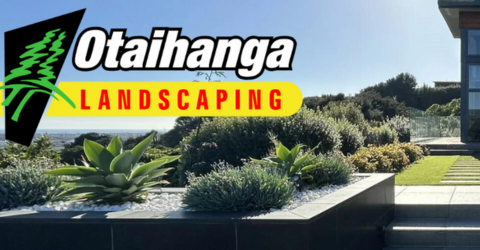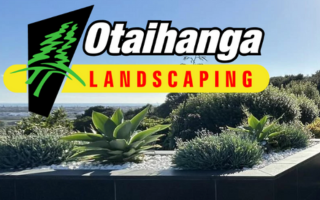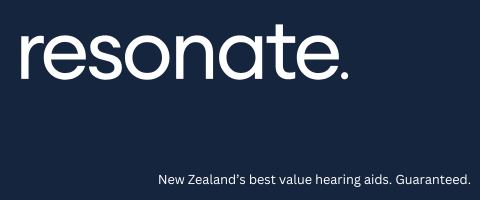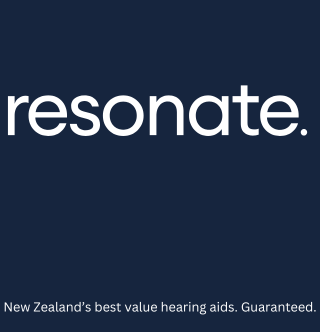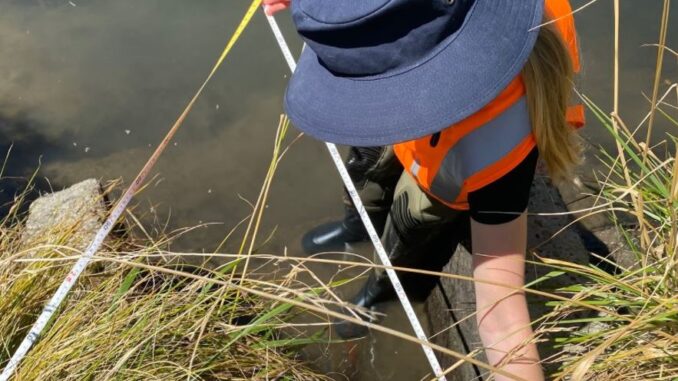
Greater Wellington is working with landowners to identify fish passage barriers in Kāpiti Coast waterways, a programme that connects to larger initiative with local iwi, catchment experts and students to ensure our native freshwater fish can migrate and spawn.
In our region, there are around 20 native freshwater fish species living in our streams, rivers and connected pipes. Most of these fish need to migrate to and from the sea, however barriers in waterways are stopping fish from accessing suitable habitat, resources and completing their lifecycles.
Greater Wellington senior biodiversity advisor, Katrina Smith says, “The main issue facing fish passage is poorly designed, installed and maintained man-made structures such as weirs, culverts, fords, and dams.
“These fish passage barriers pose a significant threat to native freshwater fish species, 72% of which are already threatened or at risk of extinction,” says Katrina.
Currently, Greater Wellington is approaching landowners on the Kāpiti Coast to identify and assess barriers to ‘fish passage’, so a plan can be established to fix any structures that might threaten our native taonga.
This project will involve trained staff gaining access to range of waterways in the Kāpiti Coast, in order to collect data on instream structures to determine if they present a barrier to fish passage.
Greater Wellington environmental science senior advisor and project manager, Penny Fairbrother says this is an exciting project where Greater Wellington will partner with Ngāti Toa Rangatira, Te Ātiawa ki Whakarongotai and Ngā Hapū o Ōtaki.
“A student from Victoria University of Wellington will be employed to lead the fish passage assessments and data collection, with members from each iwi providing field work support in their respective areas across a range of waterways in the Kāpiti Coast,” says Penny.
Information collected on fish passage is logged into a national database created by NIWA that captures data on instream structures and assesses their likelihood of being a barrier to fish passage.
“At this information gathering stage of the project we’re just trying to understand what and where the barriers are, there is no immediate requirement for landowners to fix these issues,” she says.
“In the future, this information will help us to prioritise work with landowners to fix any barriers that threaten fish passage on the Kāpiti Coast.”
Greater Wellington Kāpiti Coast councillor, Penny Gaylor says this project is a leading example of council working closely with mana whenua for positive environmental and water outcomes.
“The environmental data collected from this project is vital to establishing a holistic picture our native species’ health, providing us invaluable insights to creating a consistent, national approach to protecting and restoring our environment,” says Cr Gaylor.
For more information, visit: www.gw.govt.nz/providing-fish-passage/






